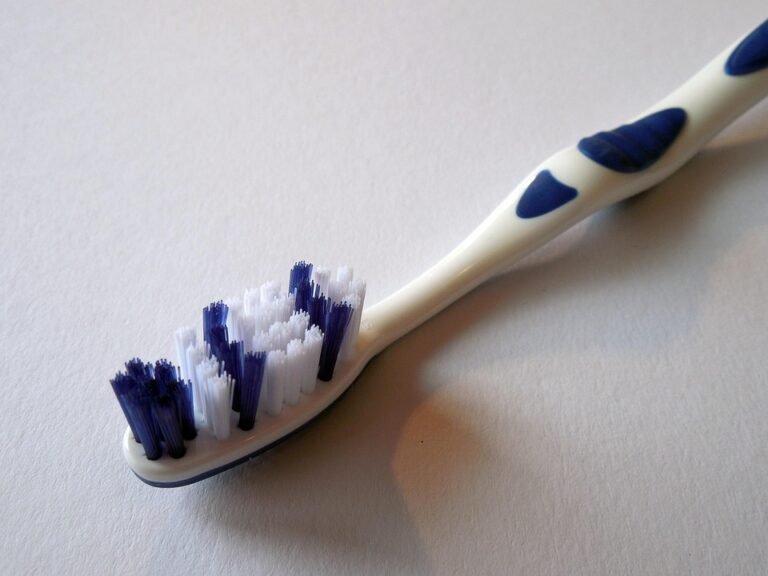What are some innovative examples of sustainable packaging for dental products?
Okay, so I’m trying to find more sustainable packaging options for my small dental product company. We currently use a lot of plastic, which I know isn’t good. I’ve looked at the usual "recyclable" plastic containers, but I want to go beyond that. What are some truly innovative ideas?
Specifically, I’m thinking beyond just using recycled materials. I want examples that either eliminate plastic altogether, use truly compostable materials, or have some sort of unique refill system. I’m particularly interested in ideas that apply to things like toothpaste tubes, floss containers, toothbrush packaging, and mouthwash bottles. Bonus points if the examples you give are already being used by existing companies, so I can see them in action!
I’m also interested in packaging that minimizes shipping waste. We currently ship our products directly to consumers. So, anything that reduces the size and weight of our packaging would be a plus. Cost is also a factor, obviously, but I’m more interested in long-term sustainability than cutting corners right now. What’s out there that’s genuinely moving the needle on eco-friendly dental care?
Answer
Sustainable packaging for dental products is evolving beyond traditional plastic tubes and blister packs. Innovations focus on reducing plastic use, utilizing biodegradable or compostable materials, and minimizing overall environmental impact. Here are some detailed examples:
1. Bamboo-Based Packaging:
- Toothbrushes: Many companies now offer toothbrushes with bamboo handles, a rapidly renewable resource.
- Packaging Materials: Bamboo pulp can be used to create molded pulp trays and boxes, replacing plastic blisters. The bamboo packaging itself is typically compostable.
- Benefits: Bamboo is fast-growing, requires less water than trees, and absorbs more carbon dioxide from the atmosphere.
2. Cardboard and Paperboard Solutions:
- Toothpaste Boxes: Moving away from shrink-wrapped cardboard, some brands use simple, recyclable cardboard boxes with minimal printing and plant-based inks.
- Toothbrush Packaging: Instead of plastic blister packs, toothbrushes are packaged in folded cardboard or paperboard boxes with die-cut windows, offering visibility while minimizing plastic use.
- Mouthwash Bottles: Certain companies are experimenting with paperboard bottles lined with a thin, recyclable plastic film for mouthwash. The paperboard provides structure and can be recycled in paper recycling streams (check local guidelines).
- Benefits: Cardboard and paperboard are widely recyclable, biodegradable, and made from renewable resources.
3. Plant-Based and Compostable Plastics:
- Toothpaste Tubes: Some companies are developing toothpaste tubes made from bio-plastics derived from sugarcane, cornstarch, or other renewable sources. These bio-plastics can sometimes be composted in industrial composting facilities.
- Dental Floss Containers: Dental floss containers are being produced using plant-based plastics like PLA (Polylactic Acid).
- Benefits: Reduces reliance on fossil fuels, potentially compostable (depending on the material and composting infrastructure).
4. Refillable Systems:
- Toothpaste Tablets/Powders: Solid toothpaste in the form of tablets or powders eliminates the need for toothpaste tubes altogether. They are often packaged in reusable glass jars or metal tins.
- Mouthwash Concentrates: Mouthwash concentrates are diluted with water at home, reducing the size and weight of the packaged product and allowing for refillable bottles.
- Dental Floss Refills: Spools of dental floss are sold as refills to be used with a reusable container, minimizing waste from individual floss containers.
- Benefits: Significantly reduces packaging waste and encourages long-term use of containers.
5. Minimalist Packaging:
- Reduced Packaging Size: Optimizing packaging dimensions to minimize material usage and shipping volume.
- Eliminating Unnecessary Components: Removing inner trays, leaflets, and excessive layers of packaging.
- Direct Printing: Printing product information directly onto the packaging instead of using labels.
- Benefits: Reduces material consumption, lowers shipping costs, and simplifies recycling.
6. Algae-Based Packaging:
- Emerging Technology: Companies are exploring the use of algae to create biodegradable packaging films and coatings.
- Potential Applications: Algae-based materials could potentially be used for toothpaste tube liners or other flexible packaging applications.
- Benefits: Algae is a renewable resource that can be cultivated with minimal environmental impact.
7. Recycled Content Packaging:
- Recycled Plastic: Using recycled plastic (PCR – Post-Consumer Recycled) in packaging for dental products. This reduces the demand for virgin plastic.
- Recycled Paper/Cardboard: Employing recycled paper and cardboard in boxes and packaging inserts.
- Benefits: Reduces reliance on virgin materials and helps to divert waste from landfills.
8. Dissolvable Packaging:
- Water-Soluble Films: Certain oral care products, like individual doses of mouthwash, can be encased in water-soluble films. The film dissolves in the mouth, eliminating packaging waste.
- Benefits: Eliminates packaging waste altogether.
9. Alternative Closures and Dispensers:
- Metal Caps: Replacing plastic caps on toothpaste tubes with recyclable metal caps.
- Pump Dispensers: Using pump dispensers for mouthwash or toothpaste in larger, refillable bottles.
- Benefits: Metal is highly recyclable, and pump dispensers can reduce product waste and provide a more controlled dispensing mechanism.
10. Innovative Materials:
- Mushroom Packaging: Utilizing mycelium (mushroom root) to create custom-molded packaging.
- Seaweed-Based Packaging: Exploring the use of seaweed as a biodegradable packaging material.
- Benefits: Compostable, renewable, and potentially replaces harmful plastics.
It is important to note that the effectiveness of these sustainable packaging solutions depends on several factors, including:
- Availability of recycling or composting infrastructure in a given region.
- Consumer behavior and participation in recycling or composting programs.
- The overall environmental impact of the material production and disposal process.
- Regulatory requirements and standards for packaging materials.
Therefore, a holistic approach is required to ensure that sustainable packaging solutions are truly beneficial for the environment.

